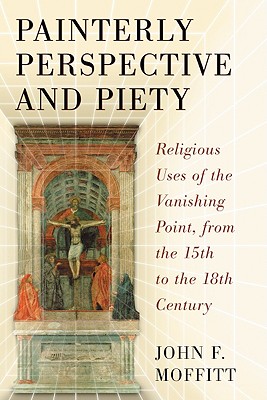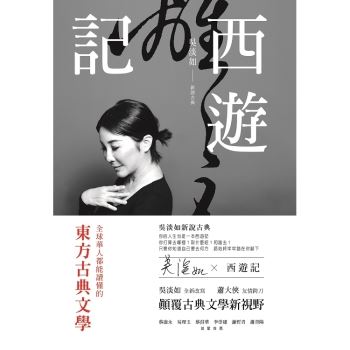While the Renaissance is generally perceived to be a secular movement, the majority of large artworks executed in 15th century Italy were from ecclesiastical commissions. Because of the nature of primarily basilica-plan churches, a parishioner’s view was directed by the diminishing parallel lines formed by the walls of the structure. Appearing to converge upon a mutual point, this resulted in an artistic phenomenon known as the vanishing point. As applied to ecclesiastical artwork, the Catholic Vanishing Point (CVP) was deliberately situated upon or aligned with a given object--such as the Eucharist wafer or Host, the head of Christ or the womb of the Virgin Mary--possessing great symbolic significance in Roman liturgy. Masaccio’s fresco painting of the Trinity (circa 1427) in the Florentine church of Santa Maria Novella, analyzed in physical and symbolic detail, provides the first illustration of a consistently employed linear perspective within an ecclesiastical setting. Leonardo’s Last Supper, Venaziano’s St. Lucy Altarpiece, and Tome’s Transparente illustrate the continuation of this use of liturgical perspective.
| FindBook |
有 1 項符合
Painterly Perspective and Piety: Religious Uses of the Vanishing Point, from the 15th to the 18th Century的圖書 |
 |
Painterly Perspective and Piety: Religious Uses of the Vanishing Point, from the 15th to the 18th Century 作者:Moffitt 出版社:McFarland & Company 出版日期:2008-08-01 語言:英文 規格:平裝 / 312頁 / 22.6 x 15.2 x 2.3 cm / 普通級 |
| 圖書館借閱 |
| 國家圖書館 | 全國圖書書目資訊網 | 國立公共資訊圖書館 | 電子書服務平台 | MetaCat 跨館整合查詢 |
| 臺北市立圖書館 | 新北市立圖書館 | 基隆市公共圖書館 | 桃園市立圖書館 | 新竹縣公共圖書館 |
| 苗栗縣立圖書館 | 臺中市立圖書館 | 彰化縣公共圖書館 | 南投縣文化局 | 雲林縣公共圖書館 |
| 嘉義縣圖書館 | 臺南市立圖書館 | 高雄市立圖書館 | 屏東縣公共圖書館 | 宜蘭縣公共圖書館 |
| 花蓮縣文化局 | 臺東縣文化處 |
|
|
圖書介紹 - 資料來源:博客來 評分:
圖書名稱:Painterly Perspective and Piety: Religious Uses of the Vanishing Point, from the 15th to the 18th Century
|










